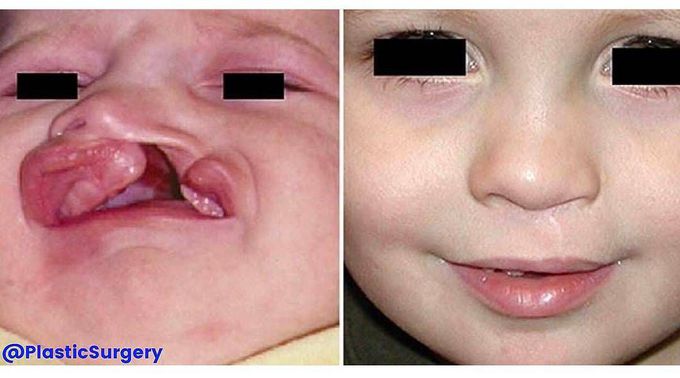Use of Google Glassin cheiloplasty: the surgeon's perspective for Beginners


Cheiloplasty, Lip Surgery - Dr Zykov (Ukraine, Kiev)

NURS 307 Cast Care ATI Template.pdf - - Course Hero
Top Guidelines Of Cirugía Estética Facial - Cheiloplasty - Instituto Maxilofacial
g., submucosa, minor salivary glands, and seldom orbicularis oris muscle) in a V or wedge-shaped excision to decrease a few of the lip volume (Figure 15-13). This also takes stress off the incision. Every attempt is made to not interrupt the orbicularis oris muscle so as not to affect its function.
The concept of this treatment is to remove adequate tissue to roll the lip posteriorly without modifying the typical anatomy. Figure 15-14 reveals a typical excision specimen gotten rid of from the lip. Hemostasis is necessary from the onset of the first incision. aspire plastic surgery are so vascular that the surgical field can be blocked.
Fascination About Use of Google Glassin cheiloplasty: the surgeon's perspective
A small-tipped radiowave bipolar forceps is hassle-free for this surgery (Figure 15-15). After ideal tissue is eliminated, the injury margins can be temporarily estimated with tissue forceps to grossly expect the surgical result. This is not totally precise, owing to the effects of injected regional anesthesia and surgical edema. Although more tissue can be gotten rid of and the result changed, it is always much better to err on the conservative side, especially for the newbie cosmetic surgeon.
I choose to begin closure with a series of "crucial" stitches. Initially the midline is figured out, and the first stitch is put. The "rule of halves" is followed by positioning another suture half the range to the end of the incision until five or six stitches are placed (Figure 15-16).

Cheiloplasty Can Be Fun For Everyone
Lastly a smaller sized 5-0 suture is utilized to close the remaining tissue (Figure 15-17). If a constant running stitch is utilized, it should not be positioned too securely and prevent drain. In addition, postsurgical edema can be significant, and tight sutures can trigger necrosis. Initially the suture line will be visible due to edema, and the patient needs to be warned that as recovery advances and the edema deals with, the lip will settle and the suture line will be hidden.
